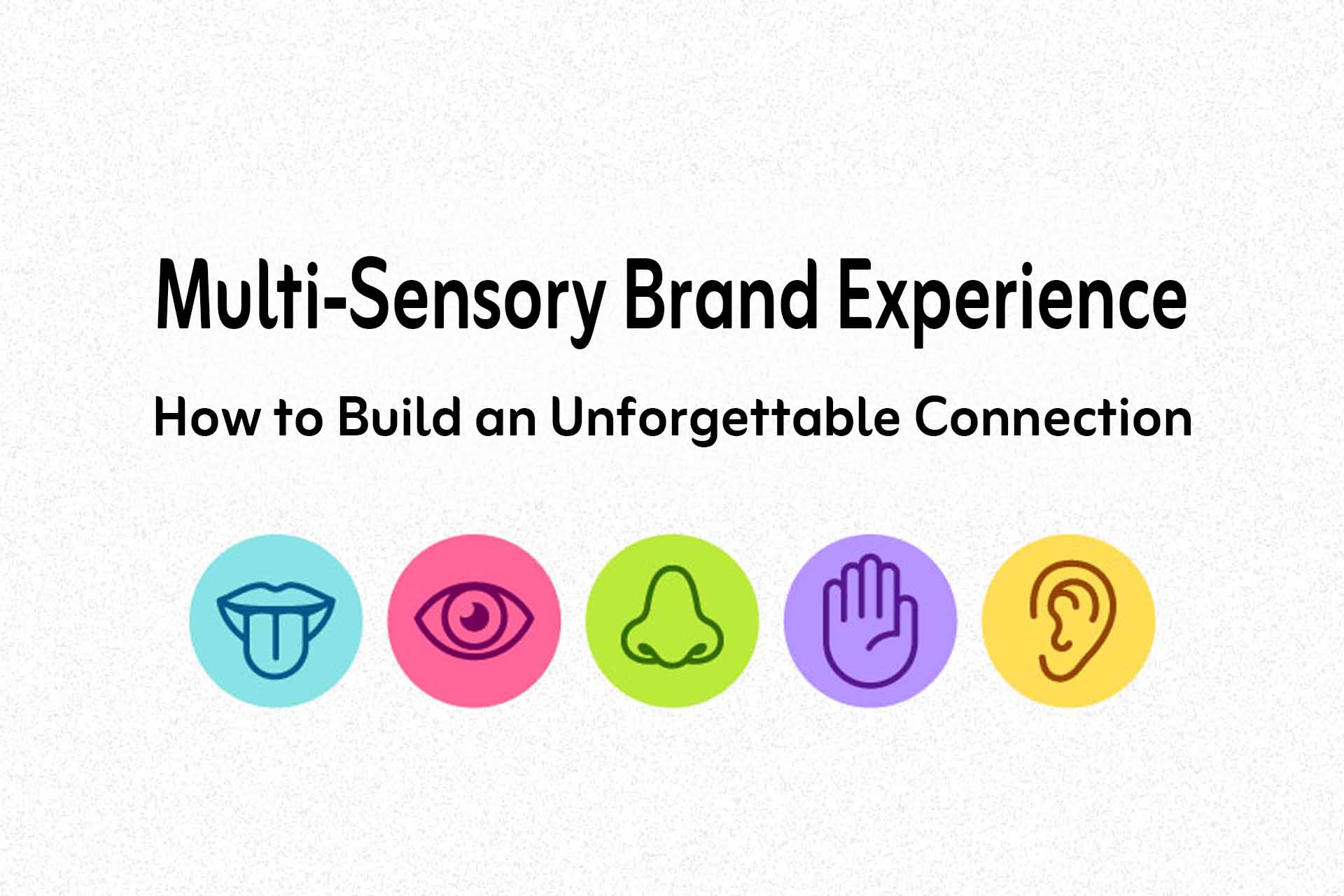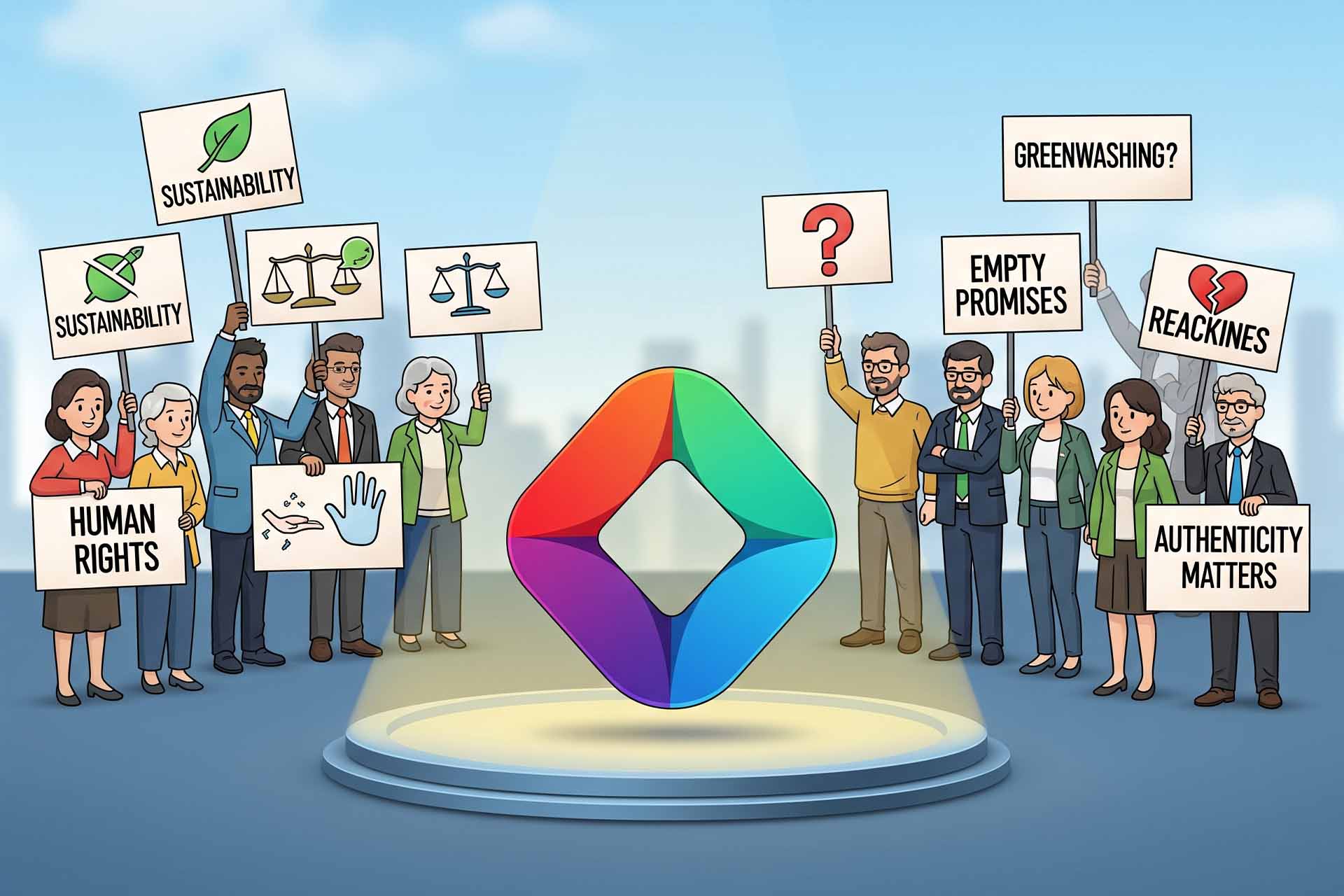
Beyond the Logo: How to Build a Multi-Sensory Brand Experience
In a noisy digital world overflowing with ads and visuals, a logo and color palette are no longer enough to make a brand stand out. Today’s consumers seek experiences that go beyond visuals — moments that touch their emotions through all five senses.
This is what Loop Media calls a Multi-Sensory Brand Experience — an approach that unites sight, sound, smell, touch, and taste to create long-lasting emotional connections with your audience.
Sight — More Than Just a Logo
Visual identity starts the moment someone encounters your brand. But it’s not only about the logo — it’s about the entire visual ecosystem: your website, packaging, store layout, and lighting design.
Ask yourself: does your store feel warm and inviting or modern and vibrant? Are your visuals consistent across digital and physical spaces?
Use high-quality imagery and video that reflect your values and evoke emotion.
Sound — The Voice of Your Brand
Sound leaves a deep emotional imprint. Think of the music in your store, the tone of your videos, or even the click of opening a product.
Create a distinct audio identity: a jingle, tone, or background sound that reinforces brand recall.
Even your content’s voice matters — keep it friendly, genuine, and emotionally resonant.
Smell — The Invisible Memory
Scent is a powerful trigger of memory and emotion. That’s why signature fragrances are now part of many leading brands’ strategies.
Loop Media recommends “scent marketing” — infusing your retail or packaging environment with subtle, brand-aligned fragrances (like coffee for cafés, or leather for luxury goods).
These scents become invisible ambassadors of your brand’s soul.
Touch — The Feeling of Quality
Texture conveys trust and quality before a single word is spoken. The smoothness of packaging, the weight of a box, or the feel of a fabric — all communicate value.
Even in digital products, haptic feedback and tactile UX design can simulate a feeling of touch that enhances user satisfaction.
Make your products comfortable to hold and interact with — people remember how your brand feels.
Taste — A Flavor That Stays
For food and beverage brands, taste is the ultimate sensory connection. But even non-food brands can evoke “flavor” metaphorically — offering experiences that satisfy curiosity and emotion.
Offer tasting experiences in stores or pop-ups. Let flavor become your proof of quality and authenticity.
How to Build a Multi-Sensory Brand Experience
Here are Loop Media’s expert recommendations for crafting a cohesive sensory journey:
- Start with the core: Define your brand’s essence — its values and the emotions you want people to feel.
- Activate step by step: Don’t overwhelm; begin with one or two senses that fit naturally with your brand.
- Ensure consistency: Every touchpoint — from your website to your store — should reflect your sensory identity.
- Listen to feedback: Collect customer impressions and refine the experience based on real reactions.
A Multi-Sensory Brand Experience is not about aesthetic decoration; it’s about emotional storytelling that transforms a brand from being seen to being felt.
Loop Media’s Closing Note
At Loop Media, we believe the future of branding lies in tangible emotion — where design, sound, scent, and texture unite to tell a deeper story.
A brand should not only be seen; it should be heard, smelled, touched, and remembered.
Frequently Asked Questions
What is a Multi-Sensory Brand Experience?
It’s a marketing approach that engages all five senses to create emotional, lasting connections between a brand and its audience.
Why are senses important in branding?
Because sensory cues build stronger emotional memories, increase recall, and deepen loyalty toward the brand.
How can non-food brands apply sensory marketing?
Through sound, scent, texture, and immersive digital experiences that evoke emotion and connect users to the brand story.
What’s the first step to creating a sensory brand?
Define the emotions and values your brand wants to communicate, then select the senses that best express them.
Is multi-sensory branding expensive?
Not necessarily — you can start small with simple, low-cost sensory cues like music, scents, or tactile packaging.
 العربية
العربية


